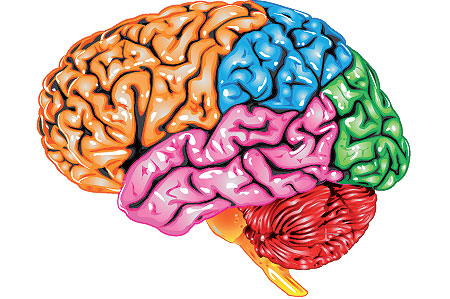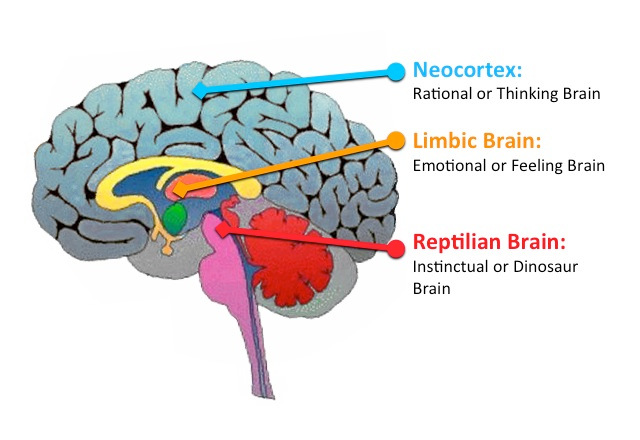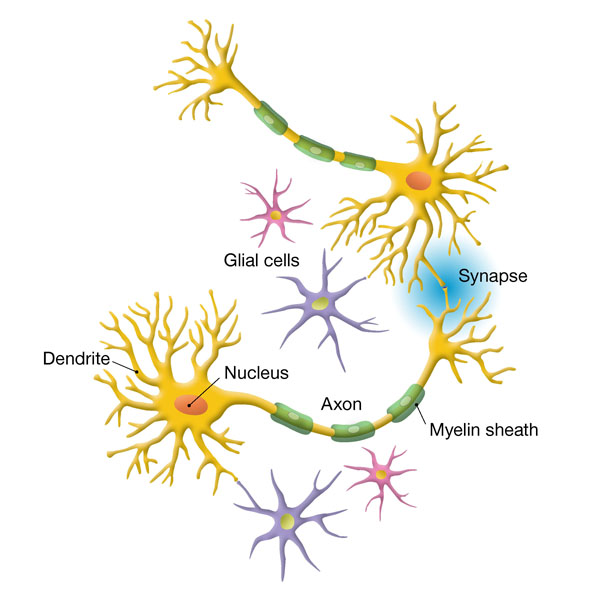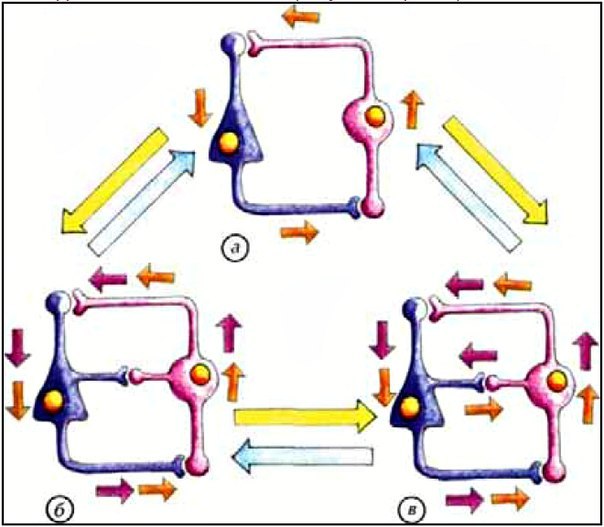Mechanisms and principles of human brain memory

The reason for writing this article was the publication of material by American neurologists on the topic of measuring the memory capacity of the human brain, and presented at GeekTimes a day earlier.
In the prepared material I will try to explain the mechanisms, features, functionality, structural interactions and features in the memory. Also, why it is impossible to draw analogies with computers in the work of the brain and keep calculus in units of machine language. The article uses materials taken from the works of people who have devoted their lives to hard work in the study of cytoarchitectonics and morphogenetics, confirmed in practice and having results in evidence-based medicine. In particular, data from Savelyev S.V. scientist, evolutionist, paleoneurologist, doctor of biological sciences, professor, head of the nervous system development laboratory of the Institute of Human Morphology of the Russian Academy of Sciences.
Before proceeding to consider the issue and the problem as a whole, we will formulate basic ideas about the brain and make a number of explanations that allow us to fully evaluate the presented point of view.
The first thing you should know: the human brain is the most variable organ, it varies among men and women, by race and ethnic groups, variability is both quantitative (brain mass) and qualitative (organization of furrows and convolutions), in different variations this difference It turns out to be more than double.
Second: the brain is the most energy-consuming organ in the human body. Weighing 1/50 of the body weight, it consumes 9% of the energy of the whole organism in a calm state, for example, when you lie on the couch and 25% of the energy of the whole organism, when you actively start to think, huge costs.
Third: due to the high energy consumption, the brain is cunning and selective, any energy-dependent process is disadvantageous to the body, which means that without an extreme biological need such a process will not be supported and the brain is trying to save resources of the body by any means.
Here are perhaps three main points from a far from complete list of brain features that will be needed in the analysis of the mechanisms and processes of human memory.
What is memory? Memory is a function of nerve cells. Memory has no separate, passive enorgo notcostly localization, which is a favorite topic of physiologists and psychologists, advocates of the idea of non-material forms of memory, which is refuted by the sad experience of clinical death, when the brain ceases to receive the necessary blood supply and approximately 6 minutes after clinical death irreversible processes begin and memories irrevocably disappear. If memory was the energy not dependent source she could recover, but this does not happen, which means that the dynamic memory and constant energy for its maintenance.
It is important to know that the neurons that determine a person’s memory are predominantly in the neocortox. The neocortex contains about 11 billion. neurons and many times more glia. (Glia is a type of cell of the nervous system. Glia is a medium for neurons. Glial cells serve as a supporting and protective apparatus for neurons. Glial cell metabolism is closely related to the metabolism of the neurons that they surround.
Neocortex:

Glia, neuron connections:

It is well known that there is information in memory different times are stored, such concepts as long-term and short-term memory exist, events and phenomena are quickly forgotten if they are not updated and are not repeated, which is another confirmation of the dynamism of memory. BrAZ retained, but in the absence of a demand disappears.
As stated earlier, memory is a volatile process. No energy - no memory. The consequence of the volatility of memory is the instability of its content. Memories of past events are falsified in time up to complete inadequacy. The memory has no time count, but it is replaced by the speed of forgetting. The memory of any event decreases in inverse proportion to time. After an hour, ½ of everything that is remembered is forgotten, after a day - 2/3, after a month - 4/5.
Consider the principles of memory, based on the biological feasibility of the results of its work. The physical components of memory are composed of neural pathways uniting one or more cells. They include zones of gradual and active signaling, various systems of synapses and bodies of neurons. Imagine an event or phenomenon. A man is faced with a new, but rather important situation. Through certain sensory connections and sensory organs, a person received various information, the analysis of the event ended with a decision. In this case, the person is pleased with the result. The residual excitation remained in the nervous system - the movement of signals along the networks that were used to solve the problem. These are the so-called “old chains” that existed before the situation with the need to remember information. Maintaining the circulation of various information signals within the same structural chain is extremely energy-consuming. Therefore, keeping new information in memory is usually difficult. During repetitions or similar situations, new synaptic connections between cells may form and then the information received will be remembered for a long time. Thus, memorization is the preservation of the residual activity of neurons in a part of the brain.
Brain memory is a forced compensatory reaction of the nervous system. Any information goes into temporary storage. Maintaining the stability of short-term memory and the perception of signals from an external one is extremely energy-intensive, new exciting signals come to the same cells and transmission errors accumulate and energy resources are overused. However, the situation is not as bad as it looks. The nervous system has a long-term memory. Often, it transforms reality in such a way that it makes the original objects unrecognizable. The degree of modification of an object stored in memory depends on the storage time. Memory retains memories, but changes them the way the owner wants. Long-term memory is based on simple and random processes. The fact is that neurons form and destroy their connections all their lives. Synapses constantly form and disappear. Quite approximate data suggest that this process of spontaneous formation of one neural synapse can occur in mammals about 3-4 times in 2-5 days. Branching of collaterals containing hundreds of different synapses occurs somewhat less frequently. A new polysynaptic collateral forms in 40-45 days. Since these processes occur in each neuron, it is quite possible to estimate the daily capacity of long-term memory for any of the animals. It can be expected that about 800 million new connections between cells will form in the human cerebral cortex daily and approximately the same amount will be destroyed. Long-term memorization is the inclusion in the newly formed network of sites with completely unused, newly formed contacts between cells.
Remembering and forgetting information. Short-term memory is formed on the basis of existing connections. Its appearance is indicated by orange arrows on fragment b. Signals containing both old (purple arrows) and new (orange arrows) information circulate along the same paths. This leads to extremely costly and short-term storage of new information based on old relationships. If it is not important, then the energy costs of maintaining it are reduced and forgetting occurs. When storing “short-term” but necessary information, new physical connections are formed between cells by fragments a-b-c. This leads to long-term memorization based on the use of newly arising connections (yellow arrows). If the information remains unclaimed for a long time, then it is superseded by other information.

From the foregoing it is clear that the brain is a dynamic structure that is constantly being rebuilt and has certain physiological limits, just as the brain is an overly energy-consuming organ. The brain is not physiological, but morphogenetic, because its activity is incorrect and incorrect to measure in the systems used and applicable in information technology. Due to the individual variability of the brain, it is not possible to draw any conclusions generalizing various functional indicators of the human brain. Mathematical methods are also not applicable in calculating the structural interaction in the work of the human brain, due to the constant change, interaction and rearrangement of nerve cells and the connections between them, which in turn brings to the absurdity the work of American scientists in studying the memory capacity of the human brain.
